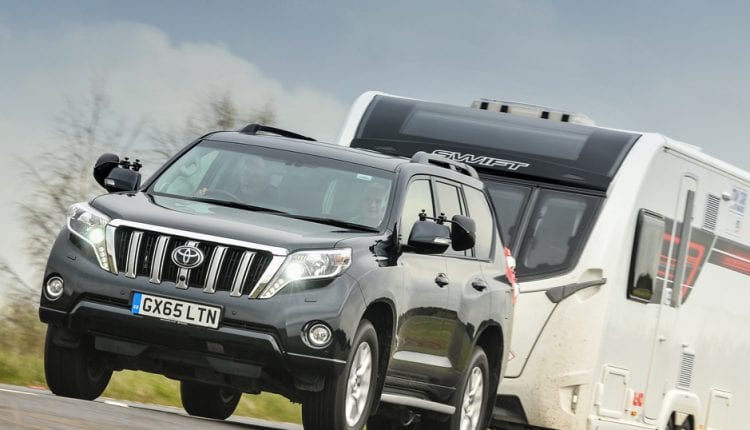[vc_row full_width=”stretch_row” css=”.vc_custom_1596124948550{background-color: #f1f1f1 !important;}”][vc_column width=”1/2″]
Caravan Tyre Inspection and Checks
Pressure
- Check your tyre pressure at least once a month or before a long journey.
- Tyre pressure should be checked against the vehicle and caravan manufacturers’ recommended levels. These can be found in the vehicle handbooks and on a plate which is often located inside the fuel filler flap of the car or on the driver’s door sill.
- Check the pressure when tyres are cold (i.e. when you have traveled less than two miles).
- If you are carrying a full load of passengers or luggage or will be towing a trailer or caravan, tyre pressures should be increased in line with the vehicle manufacturer’s recommendations. Details can be found in the handbook.
- Ensure a reliable and accurate pressure gauge is used.
- Check the pressure in all tyres not forgetting to check any spare tyres as well.
- While checking pressures, give the rest of the tyre a visual inspection. Remove any stones and other objects embedded in the tread. Look out for any bulges, lumps or cuts.
If you are unsure on any aspect of tyre pressure or tyre condition take your vehicle to an approved fitting centre and speak to a qualified professional. For TyreSafe’s recommended setting, you can use the caravan tyre pressure calculator.[/vc_column_text][/vc_column][vc_column width=”1/2″]
Ageing / Cracking
Wear and Damage
Rounded Wear
Centre Wear
[/vc_column_text]
Brake Flatting
Exposed Cords
Impact / Pinching
Re-Torqueing
When checking or changing wheels, wheel nuts or bolts should be tightened with a torque wrench. If under tightened, a wheel fixing may shake loose. If it is over tightened it can deform the seating on the wheel itself and, again, it can shake loose. A torque wrench ensures the correct load is applied. Torque settings for wheel nuts can be found in your owner’s manual. When replacing a wheel, torque the wheel nuts up in the correct sequence and then re-torque again after the recommended bedding in distance, typically 30 miles. Download our handy guide to Caravan tyre safety (PDF, 1.7MB)
[/vc_column_text][/vc_column][/vc_row][vc_row][vc_column]

